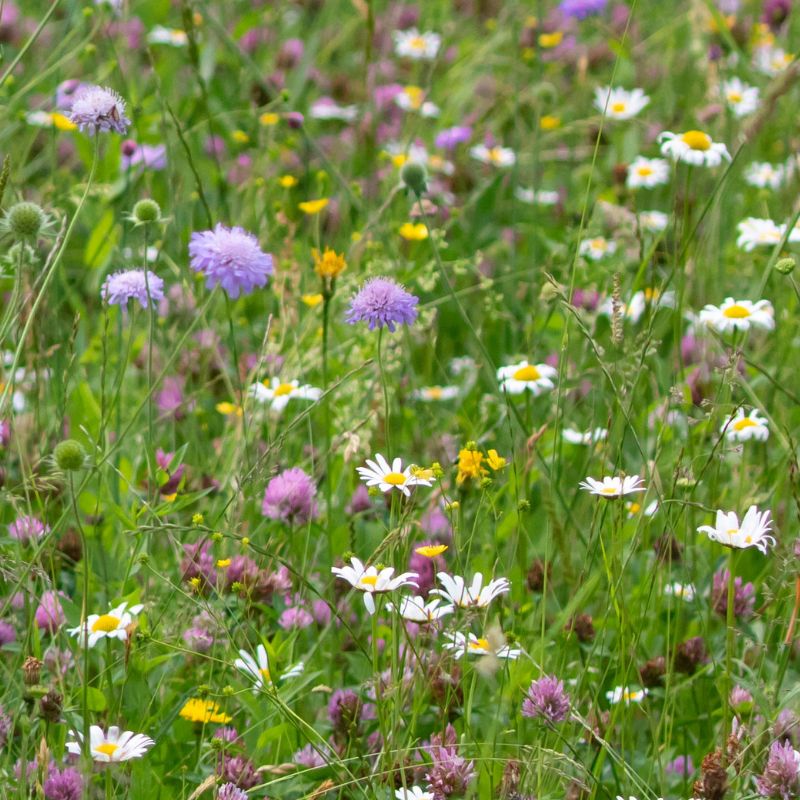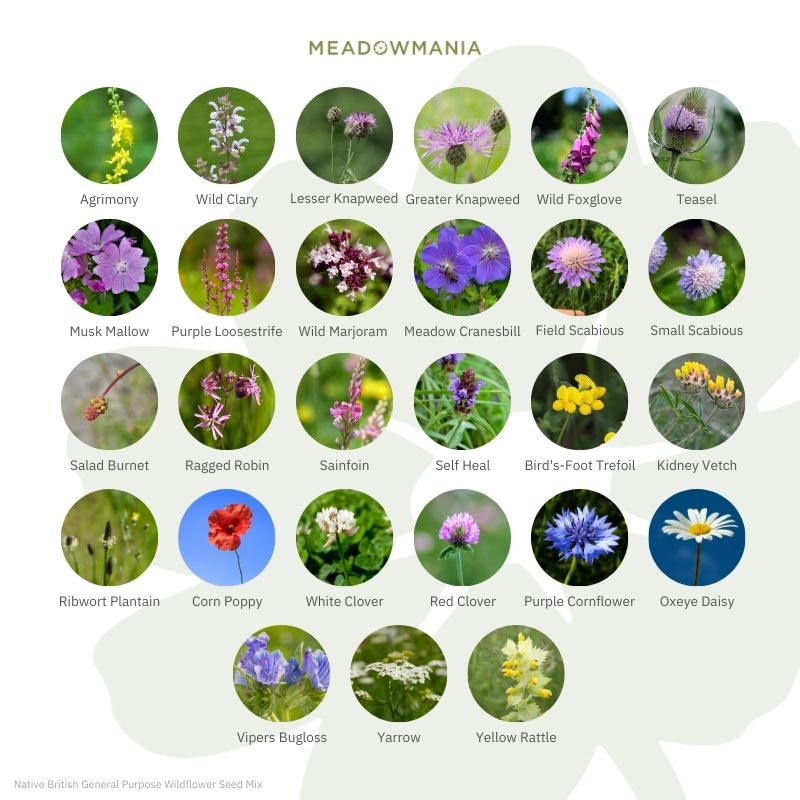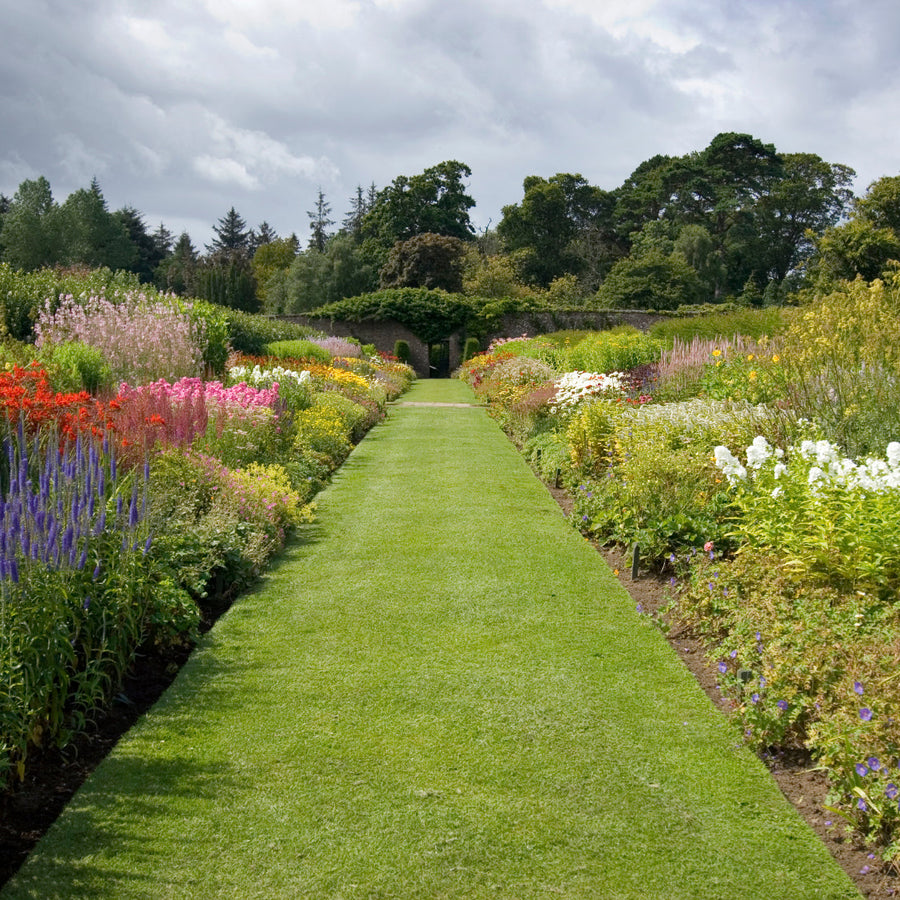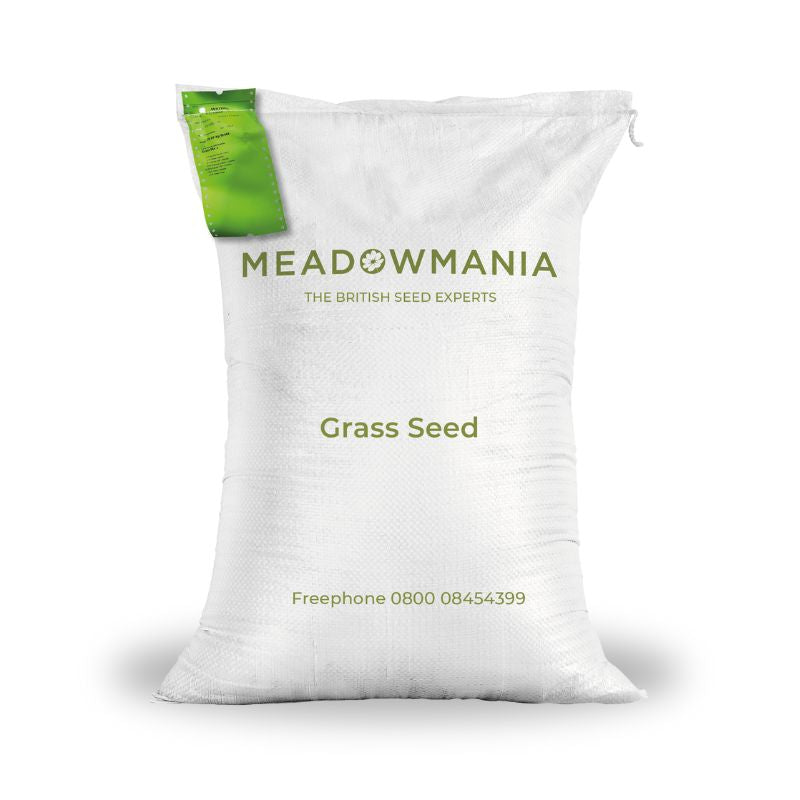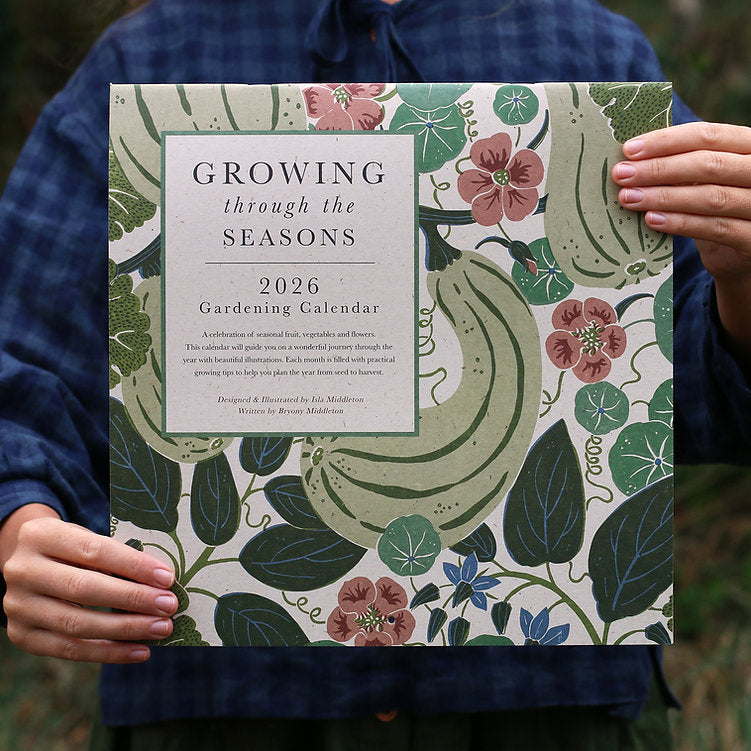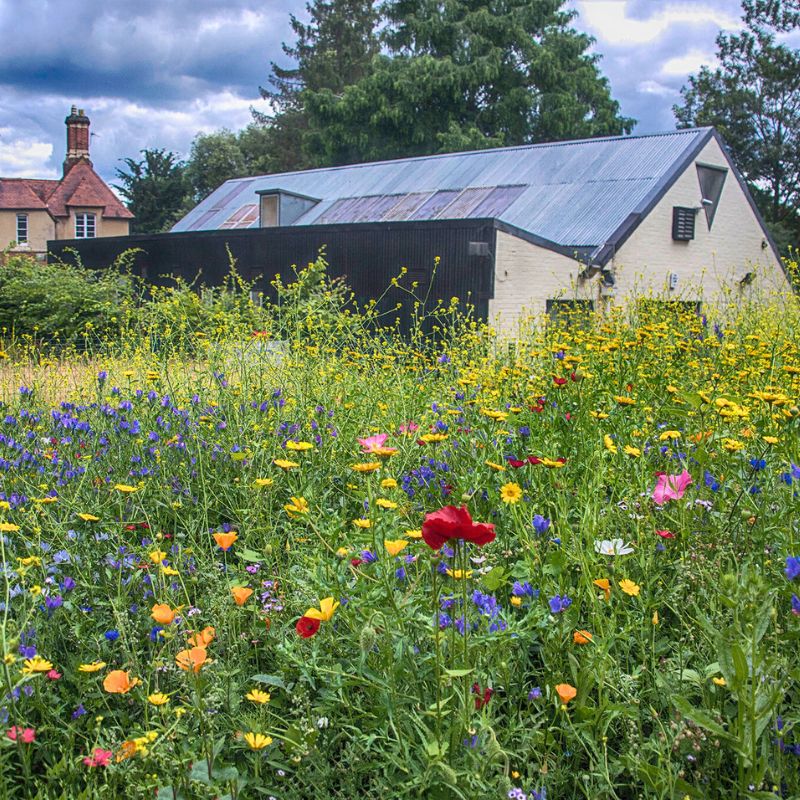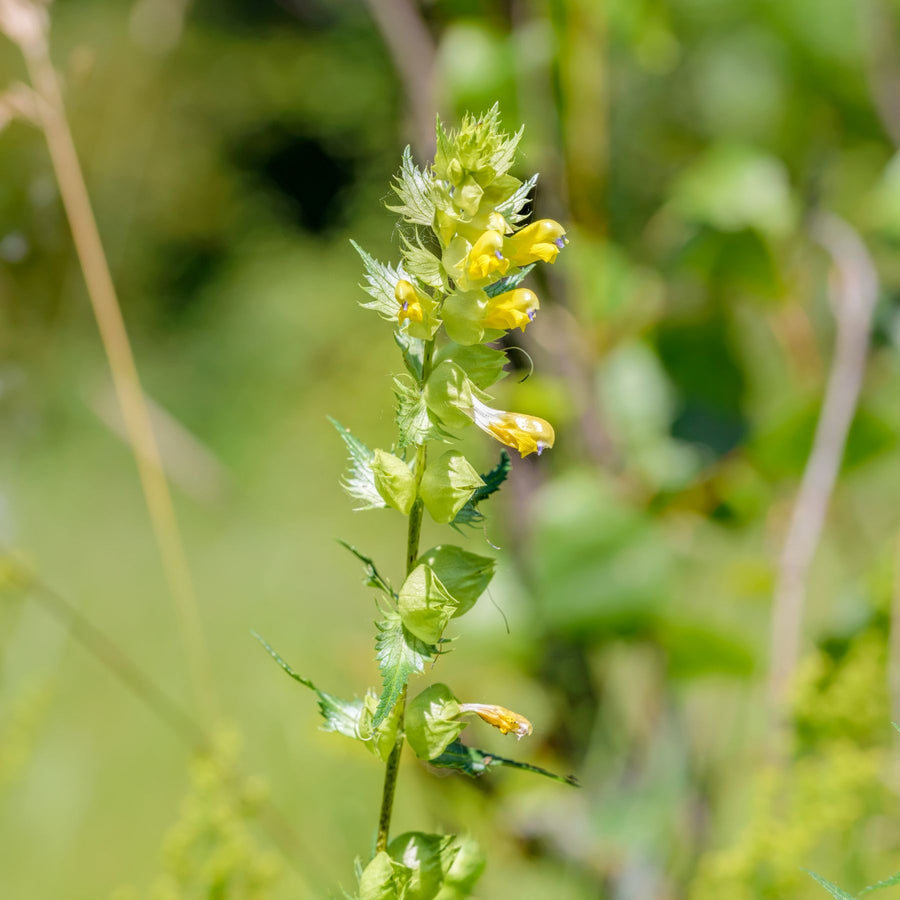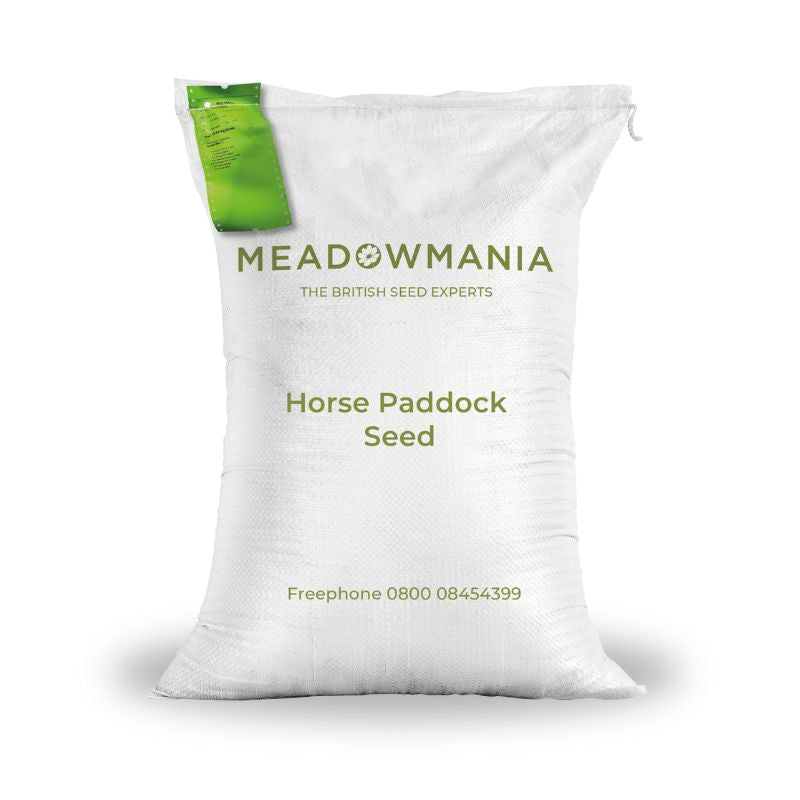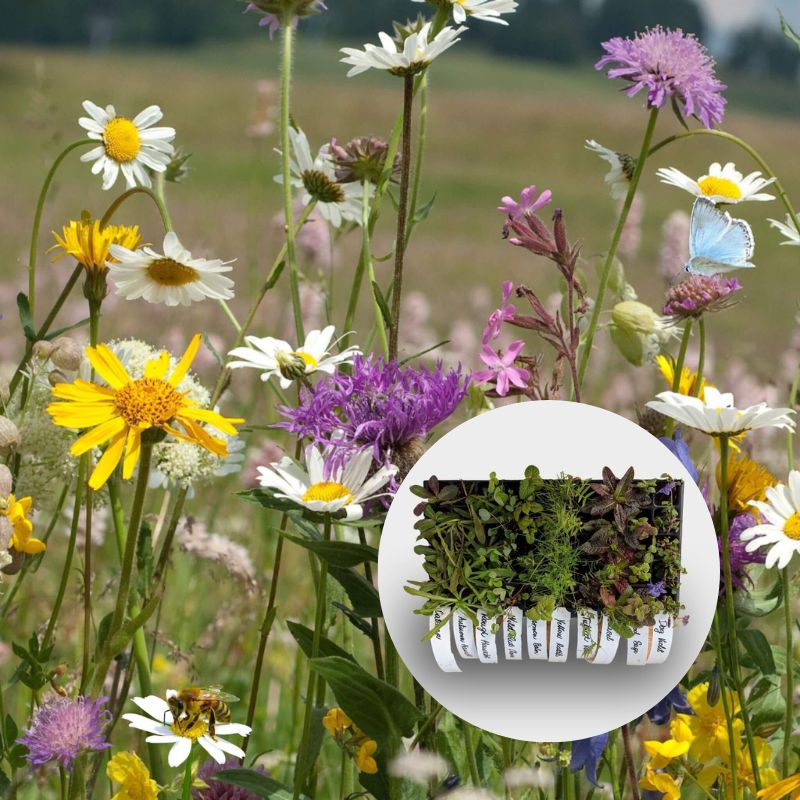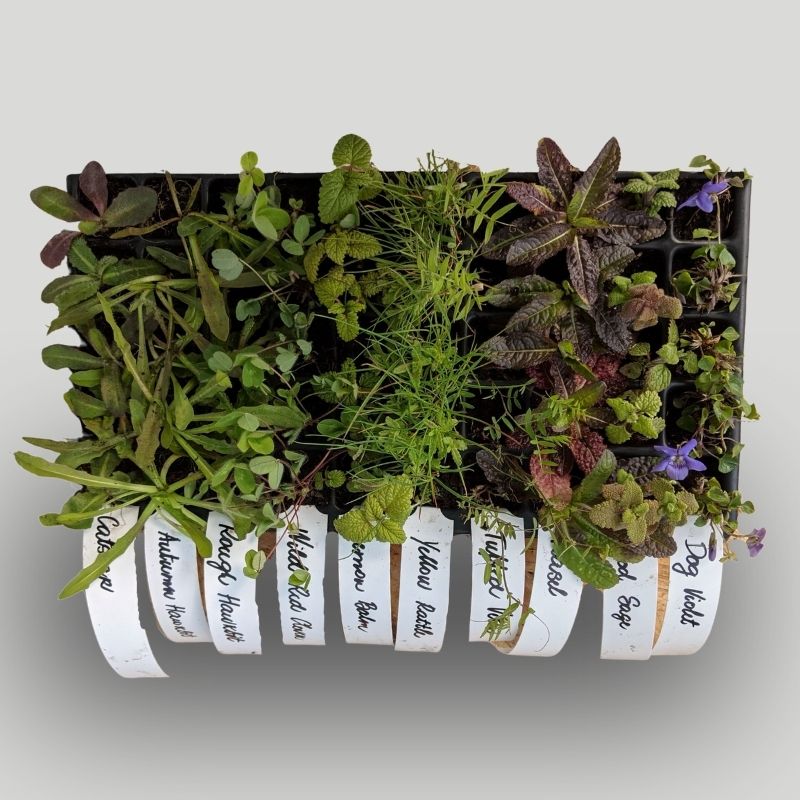
Growing Cat’s Ear (Hypochaeris radicata): How and Where
Cat's ear are pretty perennial flowers which are similar to dandelions. If they are allowed to spread in the summer in your meadow, they will form a sheet of attractive yellow flowers. They have short wiry stems and hairy leaves that can be eaten in salads. The flowers which bloom over a long period in summer and early autumn are attractive and beneficial to bees and other insects.
Cat’s ear are perennials, so once established they will come back year after year They do well if sown as part of a seed mixture or can be introduced as an individual species. Cat's ear seeds are expensive and in short supply so planting plug plants can be a more cost effective way to introduce them to an existing meadow. They are best grown where there is grass. You can plant in the spring or the autumn.
Growing Cat's Ear
| Site: | They prefer sun |
| Soil type: | They benefit from a well-drained soil |
| Flowering season: | May to September |
| Height: | 20 to 60 centimetres |
Planting cat's ear plug plants
|
Wildflower plugs are best planted between September and May.
|


